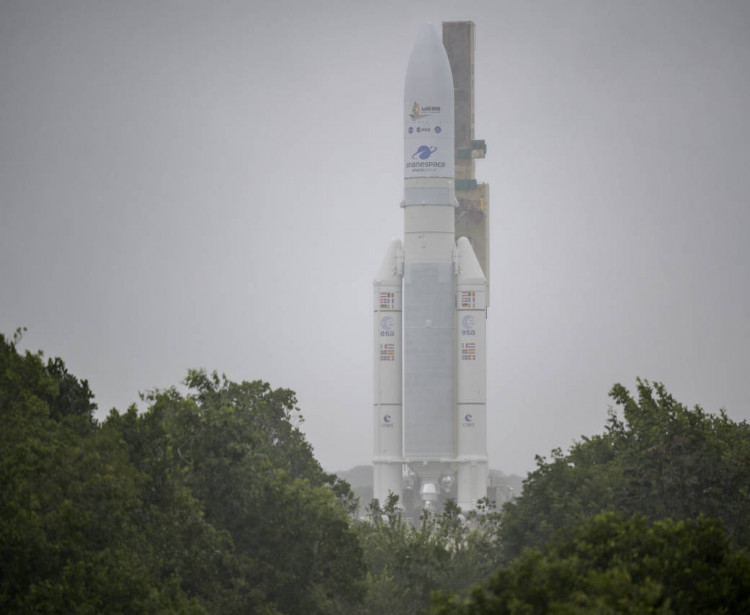At 7:20 a.m. EST on Christmas Day, an Ariane 5 rocket launched from Europe's Spaceport in Kourou, French Guiana, launching the long-awaited James Webb Space Telescope (JWST) into space, carrying the hopes and dreams of numerous scientists and space enthusiasts around the world.
If all goes according to plan, the massive telescope will stare at the universe's earliest stars and galaxies, attempt to discover nearby alien planets, and do a multitude of other impactful work during the next five to 10 years.
It will take nearly a month for it to reach its target: a solar orbit about one million miles from Earth (about four times further away than the moon). JWST will remain in orbit till it reaches the L2 point, where gravity between the Earth and the Sun cancels out, and its instruments cool to operating temperatures.
JWST was born out of a 1996 report by a team of astronomers aiming to develop the Hubble Space Telescope's successor. It was originally planned to debut in 2007 with a $500 million price tag.
JWST, the most powerful space telescope ever built and a cooperative project between NASA, ESA, and the Canadian Space Agency, has emerged after 14 years of delays and a soaring price tag that threatened to swallow NASA's astrophysics budget whole. A five-layer sunshield protects the telescope's 6.5-meter hexagonal, segmented mirror from the Sun's heat, allowing it to cool to -370°F (-223°C). These cold temperatures will reduce interference at the infrared wavelengths that JWST is planned to observe, allowing the telescope to search for redshifted light from primordial galaxies and see nascent stars through the dusty shrouds of nebulae.
The Webb team, which will be directing the enormous telescope through a succession of critical deployments, will have an action-packed journey.
The unfurling of the sunshield, which is slated to happen in the first week following launch, will be perhaps the most nerve-racking step. A NASA explainer video details that thethe sunshield system has 140 release mechanisms, 70 hinge assemblies, 400 pulleys, 90 cables, and eight deployment motors, and all these must function properly so that the five thin membranes will be extended.
If all goes as planned, it will take around six months to completely operationalize all of Webb's systems and instruments; regular science activities are projected to begin in the summer of 2022.
Webb will then spend the next five years surveying the universe on a range of projects presented by scientists all throughout the world.
Watch the spectacular launch below:





